Page after page, you will find me everywhere in this book (The latest communication with Keiji Fujimoto)
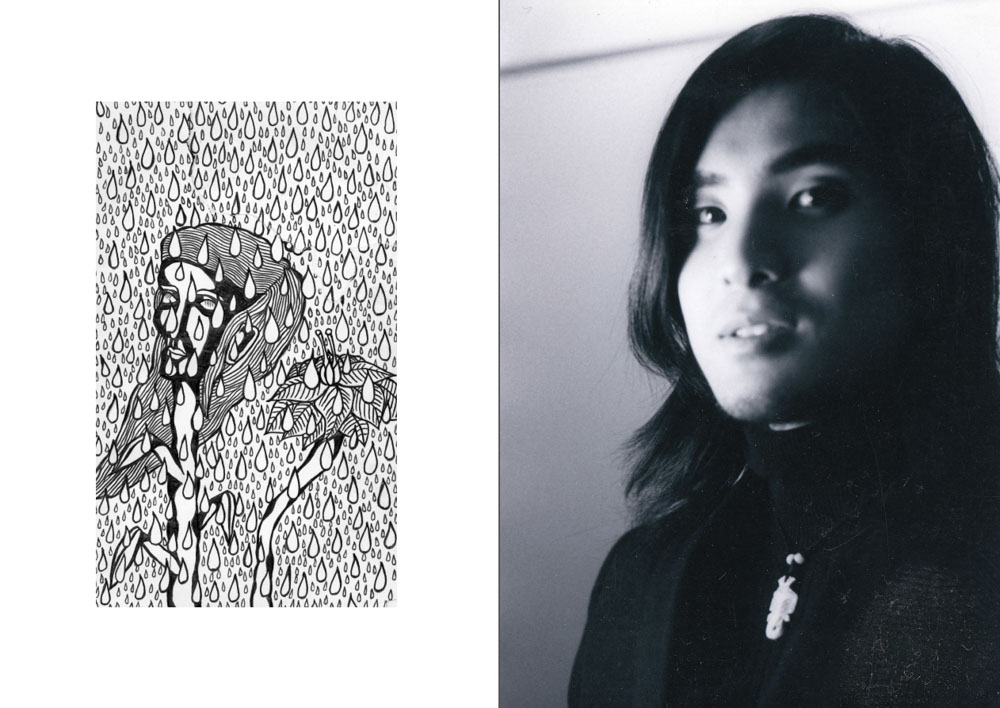
©︎Keiji Fujimoto / Forget-me-not
Looking back, it was 2012 when he arrived in our midst, whistling. He had a smug attitude that kept others at a distance. I was not impressed by his bearing or his photography at the time. I just wondered why he was here, why he kept asking me for advice.
It was probably fated that he showed up. He stuck around and participated in our documentary photography workshop that year. By then, he and I were communicating better, sharing ideas, and we maintained a friendly but distant relationship after that. In May 2016, he participated in our photobook making workshop with Jan Rosseel.
Although he and I had communicated a dozen times at this point I felt that he seemed too awkward, too unfocused to make a photobook. But a certain pure and delicate talent was evident in his work. His first artist’s book, “Forget-me-not,” includes several paintings and diaries, and I especially liked the inclusion of those items.
We chose a simple but meaningful way to bind this book. At first, I thought that he was careless with his work, but I came to realize that he actually loves what he produces and is trying to make it accessible to all people.
When he sent me the text that introduces his book recently, he added a short message to me: “I just express what I honestly feel deep in my heart.”
With that, here is his text.
Yumi Goto / Reminders Photography Stronghold
I am not very emotional in general. I think this is probably because I am gay and for a long time I hid my feelings.
I knew I was attracted to men in junior high school, but I could not tell anybody, of course. I always felt I was standing outside, looking in. I hated group projects; was put o by collective action. I just hoped to love someone. I wanted to do normal things that two people do, like holding hands and walking on the street with someone I loved. Instead, I hid my emotions and kept to myself, hating everyone around me who lived the “normal” life of the straight majority.
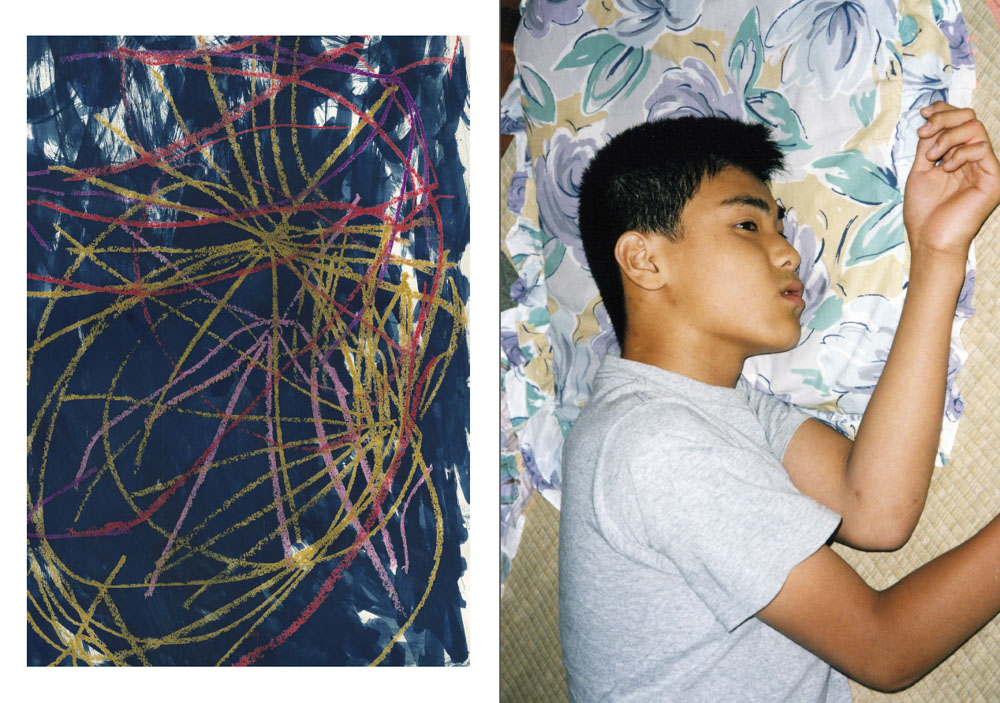
©︎Keiji Fujimoto / Forget-me-not
After I graduated from high school, I started traveling to escape the vicious isolation of being an outsider in a culture that values going along with the group. Although I did not speak English, I decided to go to university in the U.S. I think I was trying to build a new image, a new sense of who I was, by doing something most people would not do. I traveled and studied and developed a sense of myself as a photographer and a world traveler and, I thought, a whole person.
I was 28 years old when I came out to my family. I remember thinking, “My new life starts now.” But it had not. I just compartmentalized my worries and built an image of myself that I thought I would be proud of. My parents accepted me and my announcement that I was gay with smiles, but I imagine they struggled with this new version of me, too.
For me, accepting that I was gay was not only about sex or loving a person who is the same sex as I am. The solitude and the struggle, the years without sharing honest feelings with family and friends seemed to be essential to developing my sense of myself as a gay man. For so many years I felt separated from the world and the people around me but through that long time of suffering, I never turned against myself.
I am proud to be gay. I love experiencing the world as a gay man. I hear sounds and see colors I would not notice if I was straight and thought my view was the way everyone saw the world. Surely, this is a gift. The world is more beautiful the way the sounds and colors come to me now. But this is a relatively new revelation brought to me through the production of my photo book, “Forget-me-not.”
The days I spent making this book, facing this book – conceptualizing it, selecting its photos, choosing their order and display, sewing the binding of each chapter of my life – these have been the days that I have grown to face myself. Watching the book grow, I learned about a man who was born in Hiroshima and grew up. A man who experienced kindergarten, elementary school, junior high school, high school. Who moved to Tokyo. He then started traveling to escape the harsh reality of being a sexual minority in Japan, and so he went to university in the U.S. After graduation, he spent time in Nepal and New York, working and beginning the practice of pursuing his personal documentary photo projects. Then, he moved to Kenya in order to photograph gay African men who are struggling with the same questions he was.
Readers will find me everywhere in this book. Page after page, pictures show my smiling face, my worrying face, my wandering face. And they show the friends whose photos I captured along the way, gay men in Kenya and Uganda.
The word gay does not only explain my gender. When I use it, it explains who I am – the struggle I have lived around the world in order to look at myself and remember who I was and how I became who I am. This is not the story of 7.5 percent of the total population. It is the story of Keiji Fujimoto, who is the only one living in this world, just as my gay friends are the only ones living in their world, shaped by their struggles. I didn’t recognize and accept the solidarity of my journey until I made this book. For that reason, it is a treasure to me.
Of course, this book is not just about my personal story of growing up gay in Japan, but it is an expression of gratitude and respect for the African men I have spent time with.
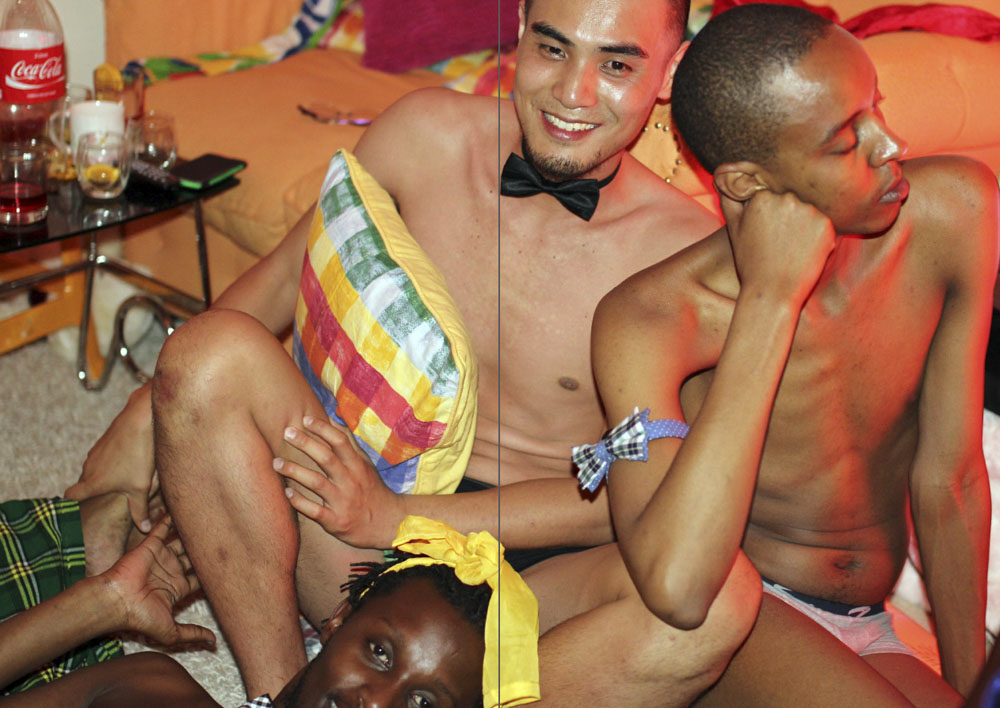
©︎Keiji Fujimoto / Forget-me-not
I owe a debt of gratitude to Yumi Goto, an international curator and the founder of Reminders Photography Stronghold, a Tokyo based photo gallery. She insisted that I include my own journey in a project about gay men in Africa, that doing this showed respect for their struggles as well as my own.
As she helped me finish this book, she repeatedly asked me, “This is a story of yourself, are you really OK with this editing?” The truth is, without her warm support and enduring patience, I am sure I could not have completed this book.
Now, I hope that this book will fall into the hands of other people who are tormented by the social struggles in their own cultures, as I was. This book does not have to be put on the top shelf, it can be kept closer at hand, near its readers’ bodies, breathing next to them, breathing with them.
I stitch and assemble each book by hand. I call it Edition 83 because I was born in 1983 and it has taken me until the creation of this book to be honest with myself, about myself. As I make each book, I think that one other person will own it – someone. I do not really care how much time I spend making each book. I have spent a long, long time accepting myself.
Keiji Fujimoto
proofreading by Nadia White
KEIJI FUJIMOTO’S ARTIST BOOK “FORGET-ME-NOT” is available from here.
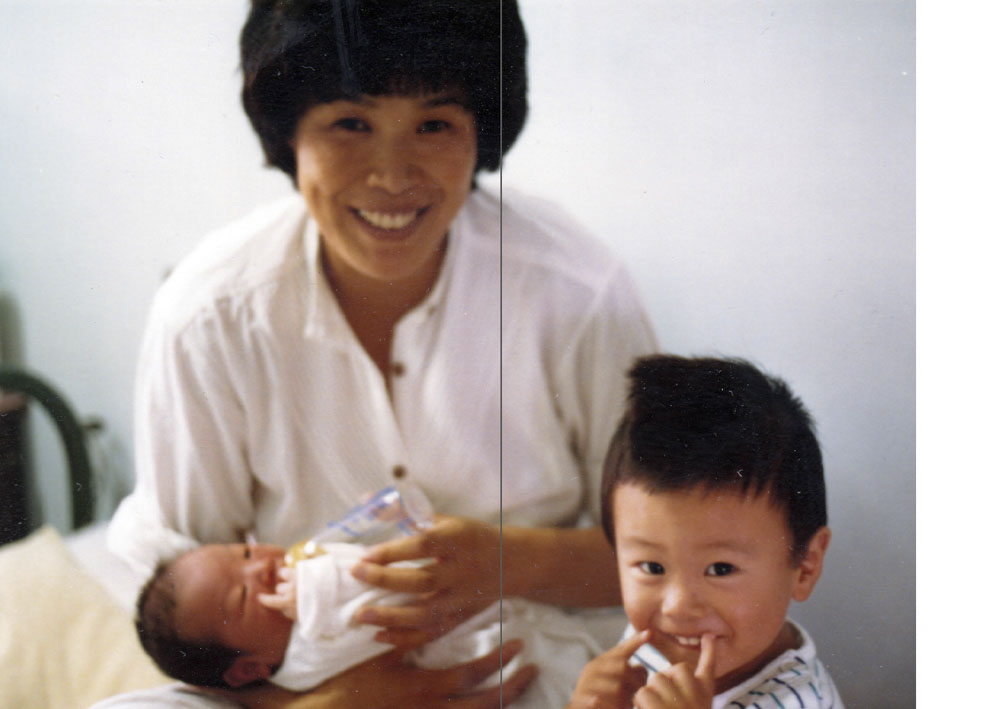
©︎Keiji Fujimoto / Forget-me-not
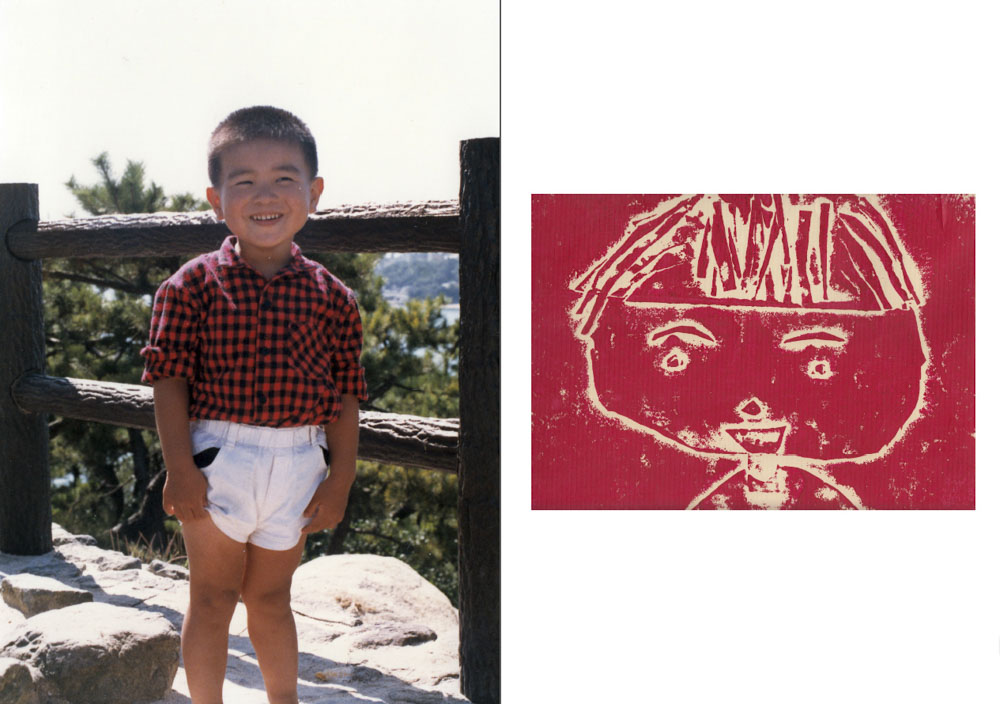
©︎Keiji Fujimoto / Forget-me-not

©︎Keiji Fujimoto / Forget-me-not
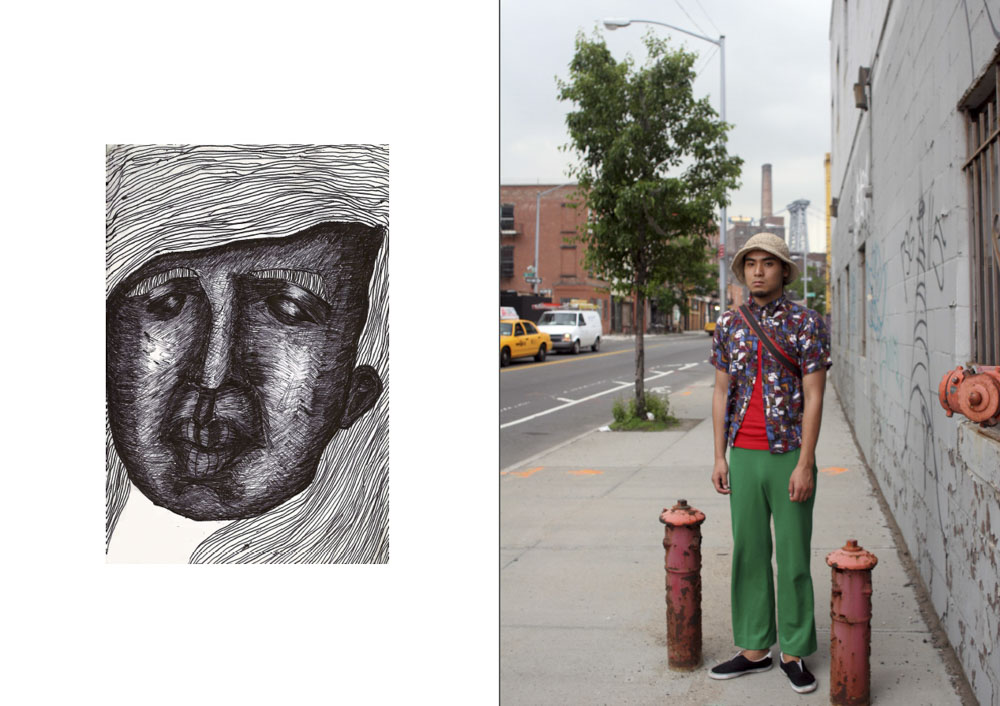
©︎Keiji Fujimoto / Forget-me-not
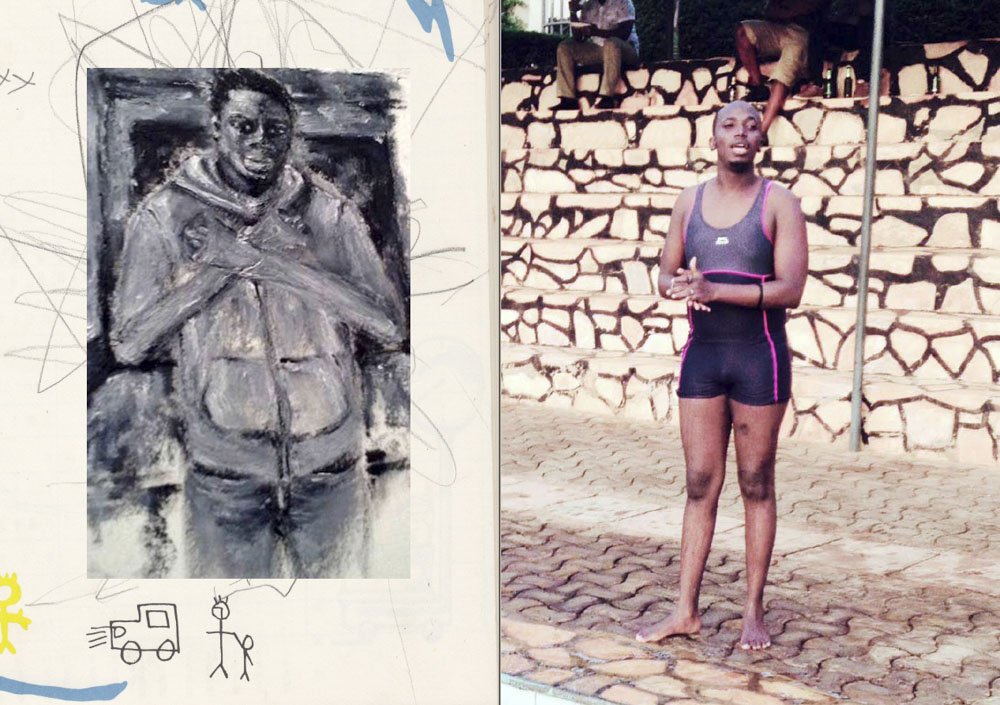
©︎Keiji Fujimoto / Forget-me-not
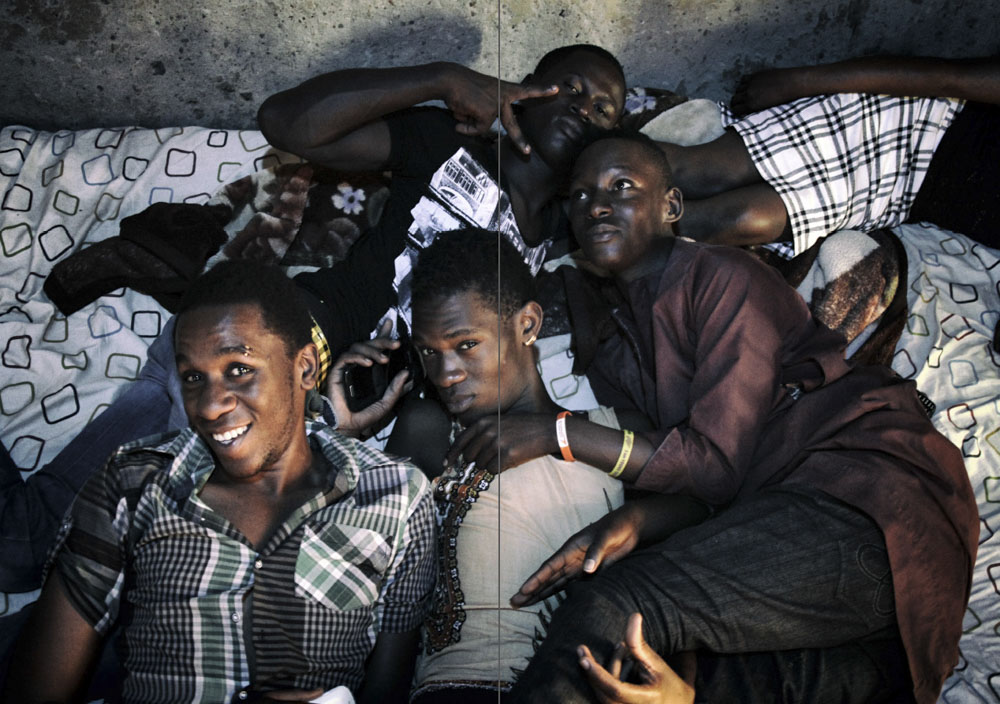
©︎Keiji Fujimoto / Forget-me-not
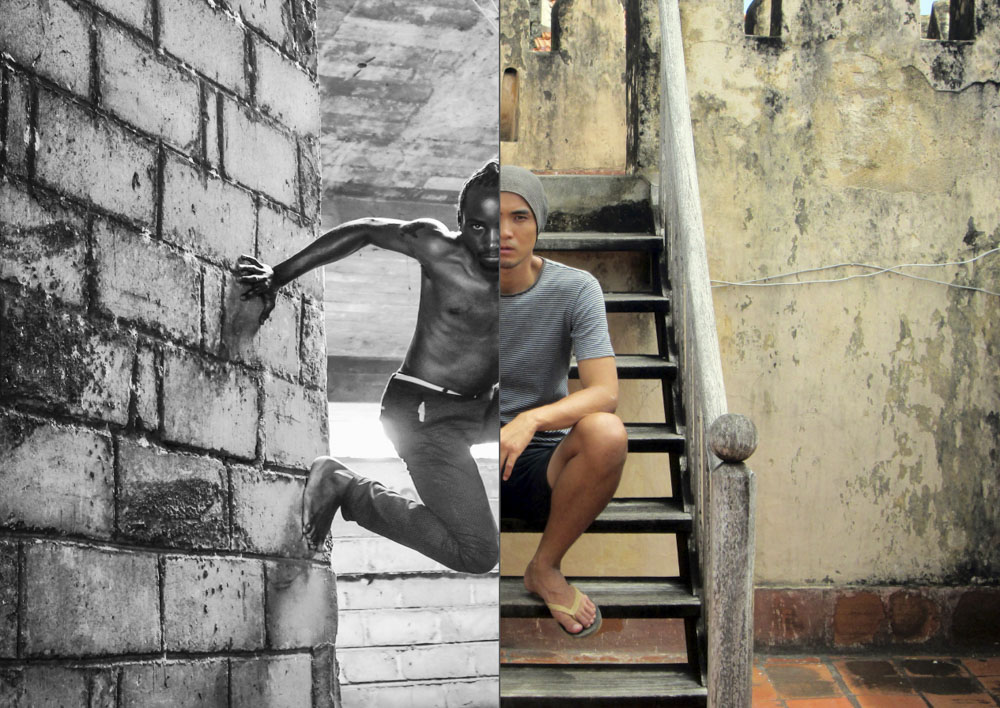
©︎Keiji Fujimoto / Forget-me-not
KEIJI FUJIMOTO IS WORKING FOR HIS ARTIST BOOK “FORGET-ME-NOT” from REMINDERS PHOTOGRAPHY STRONGHOLD on Vimeo.
